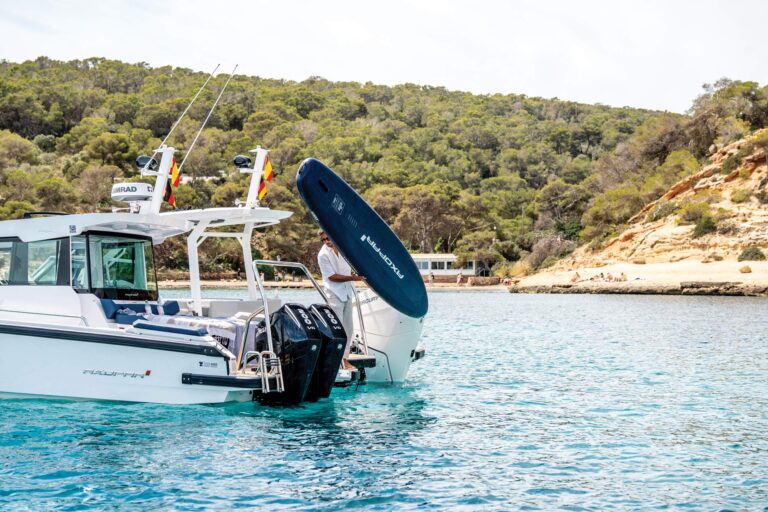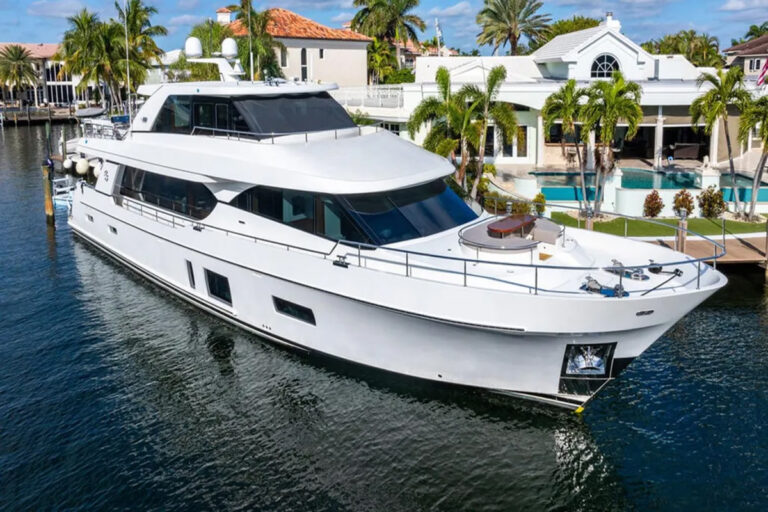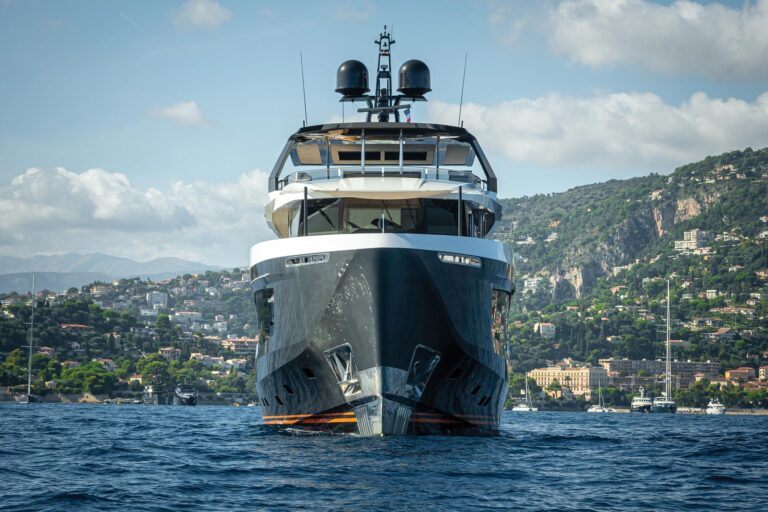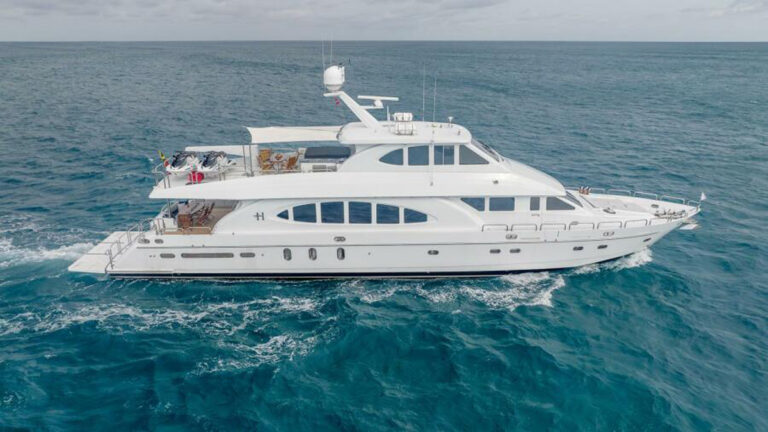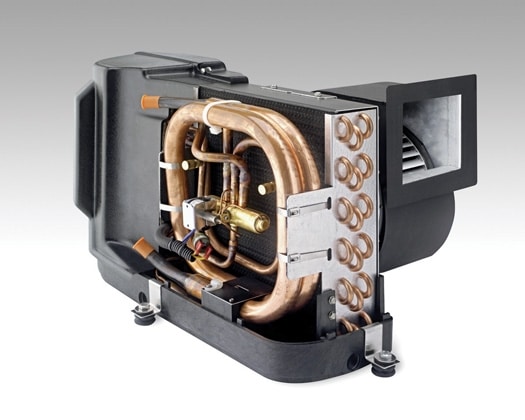
yachtyard2oct1.jpg
My buddy Craig Kitchell has fished aboard many of the top tournament boats in the fleet. While he is a phenomenal billfisherman, his ability to design, build, and install the stuff that keeps anglers’ beer, bait, and boats cool is what keeps the invitations coming. From a trip by private jet south of the border to fix a cockpit ice machine to a week in North Carolina to install custom refrigeration, he is in demand because fussy custom tournament boatbuilders and captains say he’s the best at what he does. He travels in an unmarked van and you won’t find him in the yellow pages-however, I convinced him to share his thoughts in our pages. I suggested it might save him a service call!
Yacht design is always a compromise and the first thing that is usually negotiated away is access to systems. “I carry a saw in my tool bag,” jokes Kitchell. One boat he ministered to recently needed a new raw-water pump for the air-conditioning system. The problem? The builder had buried the pump and the seacock in a sealed compartment. Kitchell has had to cut through bulkheads, cabin soles, and lockers to get to a job.
“Builders should locate equipment so that service valves and electrical components are accessible and dry,” Kitchell says. “Salt water can destroy a condensing unit.”
Kitchell also recommends that owners and captains understand where the water on their boats is coming from and going to. “One fellow called me from the Bahamas saying it was raining in his main cabin. His boat had a common drain system that had backed up and was causing water to spill out of the condensate tray of the flybridge air handler.”
Kitchell warns against having both gravity-fed and pressurized lines feeding the same common drain. Electronic air-conditioning controls can also cause problems, particularly when kids or folks who need glasses are involved. “It’s not hard to reprogram a system by accident,” he says.
In a perfect world, Kitchell starts with a clean sheet of paper. His first challenge is choosing the right system for the boat. Direct expansion air-conditioning systems that use refrigerant typically make sense for boats measuring under 65 feet. Such systems come in a variety of sizes and shapes. Modular systems allow condensers to be located in the machinery space to isolate noise and vibration.
Self-contained package units are a less complicated solution and can be hidden beneath a settee or berth. Chilled-water air-conditioning systems make sense on larger boats as they allow more cooling zones with less equipment and thus demand fewer amps.
“If I designed a chilled-water system with ten thermostatically controlled zones, I would likely use two chillers, each capable of operating most of the system independently,” says Kitchell. A ten-zone direct-expansion system would require ten condensing units (one for each zone) with no redundancy. Chilled-water systems are about 20- to 50-percent more expensive than direct-expansion systems since installation is more complicated.
Regardless of the type of system, interior spaces and air-supply plenums should be well insulated-a detail that is sometimes missed in production boat building. “A bit of insulation, even tinting the windows, can improve performance,” said Kitchell. When all is working well there will be a 15- to 20-degree temperature differential between air at the supply and return grills with the condensing unit running. Kitchell’s target for cockpit freezers is minus 10 degrees-enough to keep a package of bait or a five-pound tuna steak frozen rock solid. He insulates his custom-made stainless steel freezer liners with at least three inches of two-pound density polyurethane foam. The lid gasket is designed to keep the cold in and sea and wash water out. Kitchell recommends a combination air/watercooled condenser that can be switched to air-only when the boat is hauled, so food and bait remain frozen.
“Too often the production boats I service have just enough cooling capacity for the hot summer season in South Florida and the Bahamas, so optimizing system performance is critical,” said Kitchell. “Keeping air filters and seawater strainers clear should be a no-brainer but some folks are lazy or just forget.”
He also recommends having a professional flush the raw-water plumbing and heat-exchanger coils once a season with a diluted acid solution. Any sea chests or common drains should be inspected for fouling as well. “I’ve known professional captains that never bothered to crack the lid on a sea chest,” said Kitchell. “By the time I show up there’s enough sea life packed inside to have a clambake!”
What is the most important advice Kitchell has to offer? “Read the directions please!” he says. You just may save yourself the cost of a service call!





